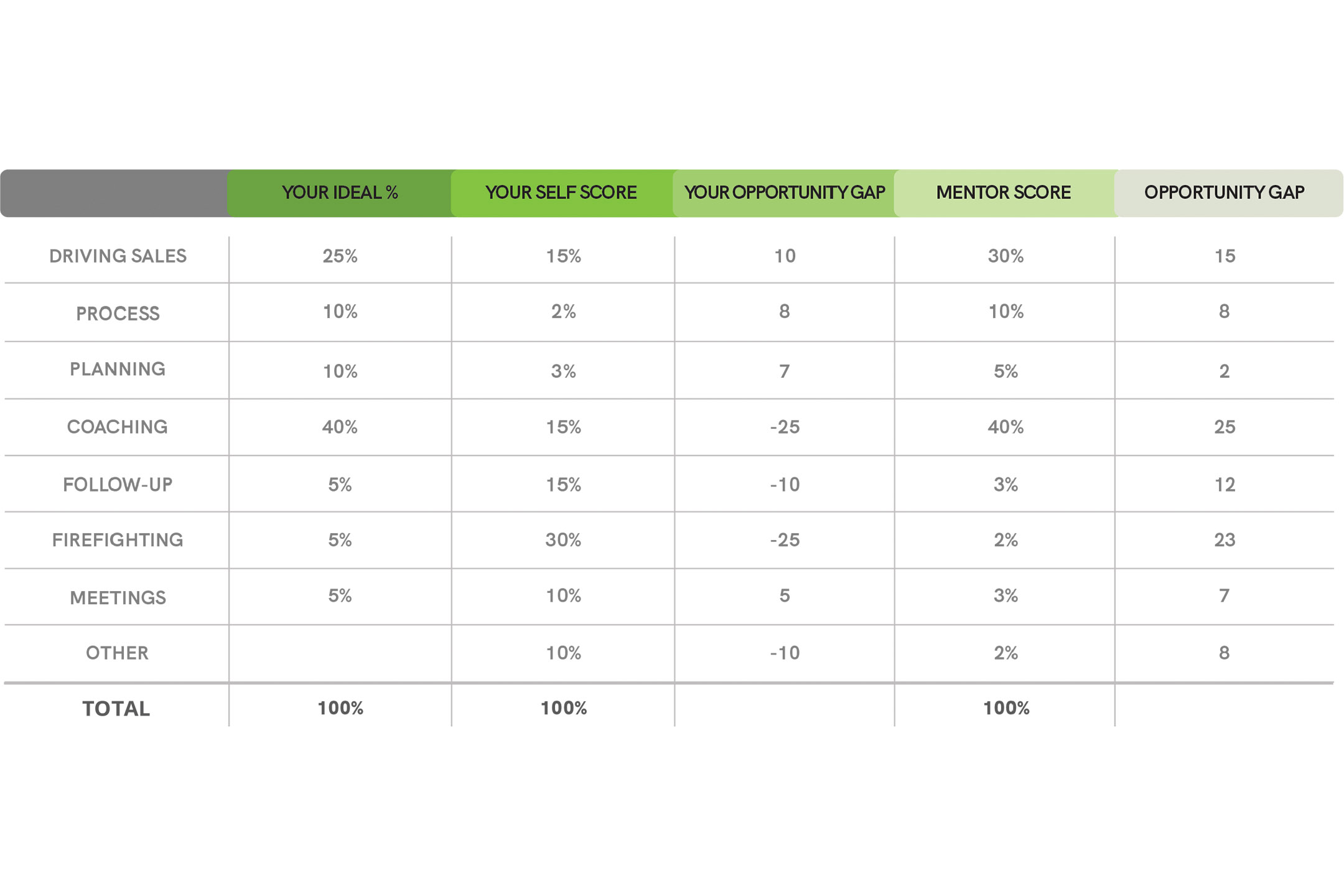
Never stop growing
Never stop growing
BY ART VANDEN ENDEN
As a business owner or operator, you probably spend the winter months reflecting on the previous year while planning for the coming season. In my experience, horticulture professionals are optimists when planning for the busy season. As they say, hope springs eternal.
I can’t tell you how often I’ve heard colleagues say, “This is going to be the best year ever!” Or, “The weather will be on our side, and things will run smoothly.” I’ve made those sunny predictions myself. I believe having a positive attitude is essential to run a successful business. But it’s just as important to be a realist.
I remember hearing an industry leader’s comment that a warm, sunny spring trumps a recession, while a cold, rainy spring can wreak havoc in even the strongest economies. While we can’t control the weather, we can control how we prepare. And my advice, from experience in the good times and the tough, is to set your business up for success if ideal conditions come to fruition and to put plans in place to handle the worst-case scenarios.
Build a winning team
With spring approaching, horticulture businesses across Canada are staffing up. Many are also looking at their existing team members, wondering if any will jump ship and leave them for perceived greener pastures.
Every returning employee should get a wrap-up discussion before they finish their term the previous year. This two-way conversation covers results, performance and opportunities for the following year.
How well did they meet the last year’s expectations? How did the employee enjoy the work? Was it rewarding? How can it be improved? Employers must invest in staff development. Employees should also play a significant role in their development. There needs to be ownership and accountability from both parties to support each other.
Hold yourself accountable
As a business leader, you play the biggest role in determining the culture, productivity and results of your company. This includes team morale and prospects for the upcoming year. Perhaps you were unhappy with how you felt about the previous years’ results or the business overall. Maybe exhaustion, life balance and stress all contributed to a less-than-ideal work year. Before you start pointing fingers, I would suggest some honest self-reflection should happen first.
Are you brave enough to have a 360-degree peer review done on yourself? I bet you have staff and colleagues who can provide feedback on how you can be an even better leader. Depending on how big your business is and how many people report to you, there may be a need for unbiased, third-party help. Be honest with this feedback — never take it personally or obsess about where it came from. That’s not the point of the exercise. If you are lucky enough to have a life or a business mentor, I’m sure they can help you focus on opportunities for improvement.
How do you spend your time?
The time analysis exercise below is beneficial for understanding where you spend your time and energy. Complete one column, then ask your manager or mentor for their insights. Also, consider asking someone who reports to you.
Start by inputting your ideal time breakdown during for the business season (in a figure that represents a percentage of your time in the week). Each column needs to add up to 100 per cent of your available time.
Once completed, score your results at the end of a busy week. It should only take a few minutes to do. I liked to do this at a quieter time of day. Just reflect and assign what you believe you spent your time doing. Continue this exercise for several weeks, and you will start to see patterns emerge. It will expose where your greatest opportunities are for self-improvement.
Having your mentor or trusted advisor complete the chart is important to see how they feel you should spend your time. I do not doubt that providing honest input will help you to see where your improvements should come from. This chart will look significantly different in the slow and off seasons, as each has different demands on how you focus your time. Let’s review each section to understand my reasons and descriptions better.

Driving Sales: Ensure your business’s products and services get enough attention. It includes analyzing whether your team is achieving the presentation, maintenance and desired levels of service. This is a balance between on-the-floor and back office roles — heavily leaning toward on-the-floor at peak selling times. You are setting the service culture for your team members by example.
Processes: This means that inventory replenishment systems are working. Timely measured orders are being placed and received. Staff schedules are meeting anticipated demand. All equipment is functioning, and the right amount is in use. Through active observations, improvements should be made and implemented.
Planning: This is time spent looking down the road. This could be two or four weeks, six months, or longer, depending on the lead time required for specific projects. There are times of the year when this could consist of ‘note-taking’ or having an idea shoebox to visit later. Planning also includes observations of what is happening on the sales floor. A few minutes at the start of the day will ensure all timely, urgent things that need your attention are done and scheduled for completion. It also means your organizational tools are working and up to date. This could be as basic as your ‘to-do’ list.
Coaching: Effective managers lead by example, encourage staff, provide timely feedback, and ensure product training is comprehensive and timely. Your team’s success and level of engagement are directly tied to how well you coach, lead and inspire.
Follow up: Always follow up after assigning tasks. This ensures the job is completed on time and correctly. Issues often arise when directions are not communicated clearly, and employees are not aware of the authority they are given to implement or adapt. Be timely and use a coaching and supportive tone.
Firefighting: Stuff happens! Far too often, managers and supervisors pride themselves as great firefighters. They can solve any problem. A far better way of thinking of your job is to be a fire preventer, like Smokey Bear. Paying attention to planning, coaching, and training will reduce the time spent putting out fires.
Meetings: Every meeting should have a defined purpose and objective. Meetings for the sake of meetings are a waste of time. In peak seasons, meetings should be brief and not held during the busiest time of day. They can be a quick huddle, forward-looking for the upcoming day or week, and should be generally positive in tone. Meetings must start on time, have an agenda and be followed.
Other: This includes the miscellaneous stuff that can take up your valuable time, such as getting lost in catching up on emails. Idle chat and distractions happen, but wasting time should be avoided. Falling behind on your day and week can leave you scrambling.
The bottom line
When the spring sun is shining, spend as much time as possible driving sales, watching processes, coaching your team and keeping your ear open for planning opportunities. Avoid falling into typical time traps caused by frequent firefighting, follow-ups, meetings and other distractions.
Never stop improving as a leader. Be confident enough in yourself to ask for feedback and to truly listen. I am a firm believer in owning self-improvement. Feel free to contact me by email for more details at: artvan@rogers.com.

Art Vanden Enden loved every minute of his 44-year garden centre career with Weall and Cullen and Sheridan Nurseries. In retirement, Art enjoys giving back to the profession with Landscape Ontario’s Garden Centre Sector Group, and sharing his experience with Landscape Trades readers in the Art of Gardening column.